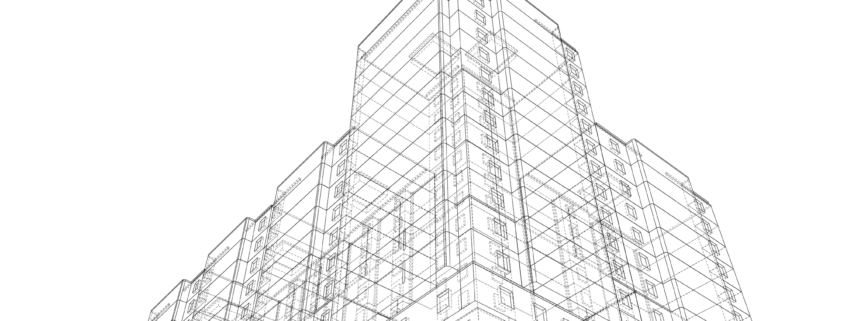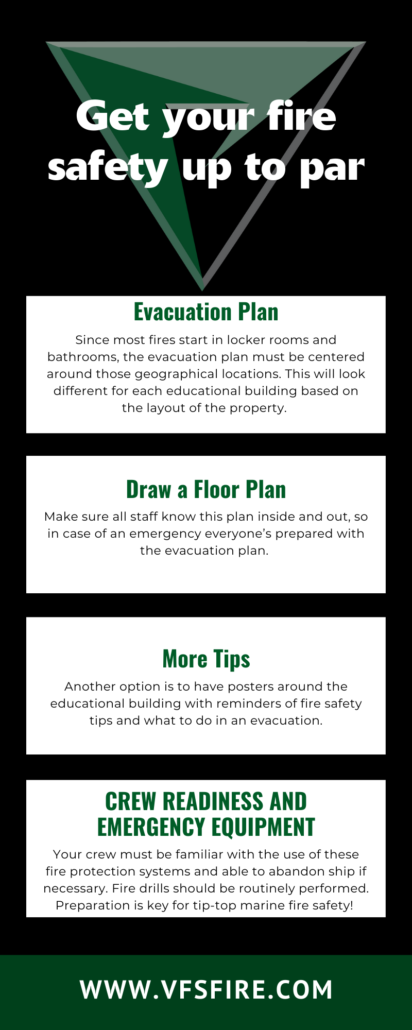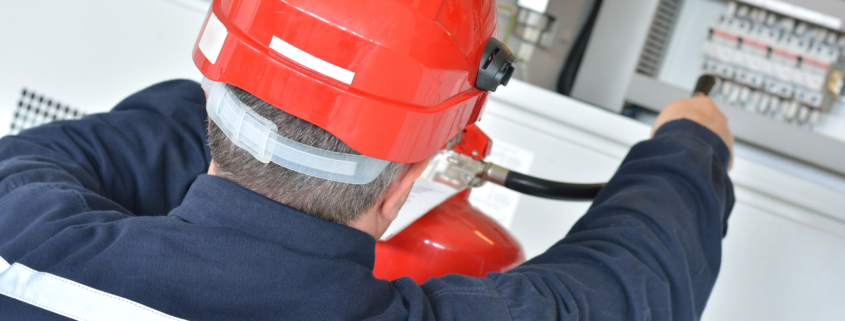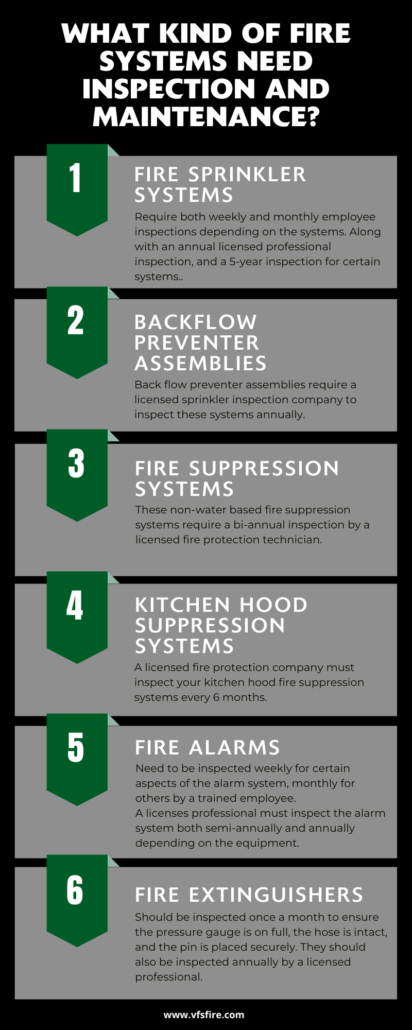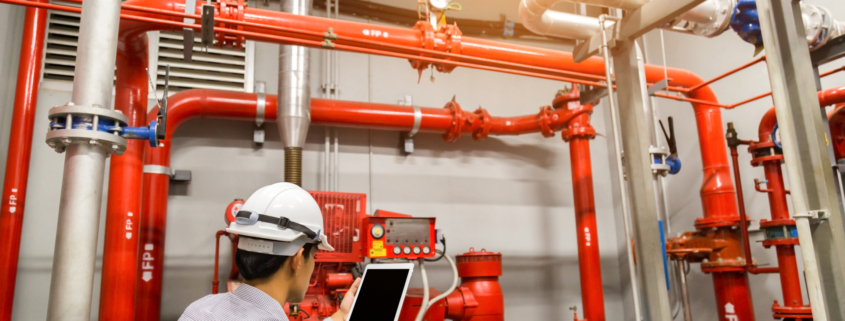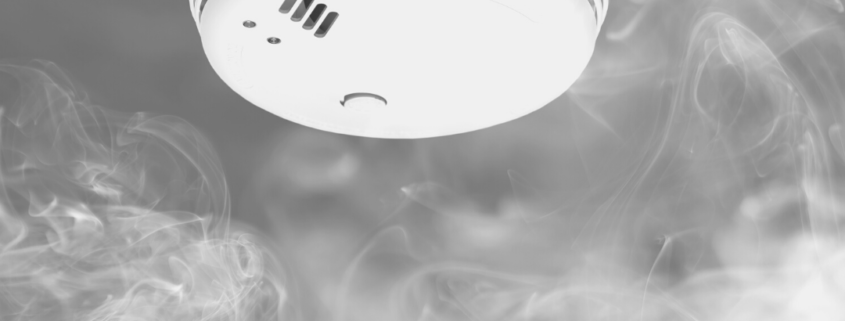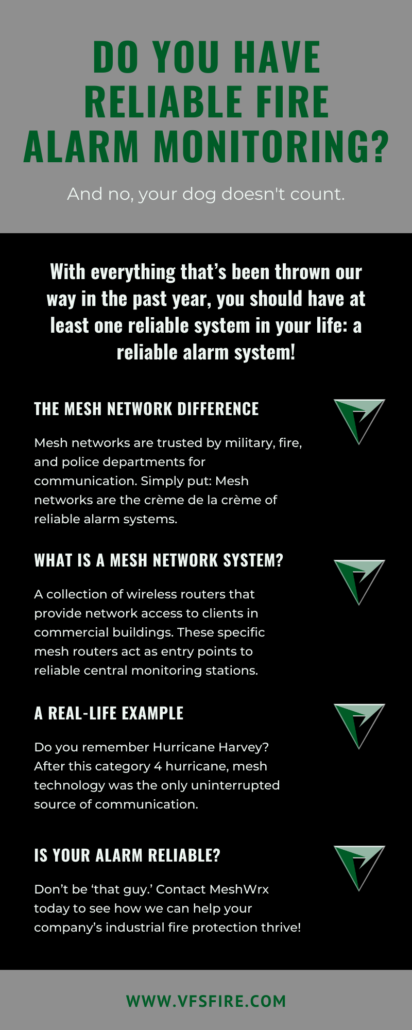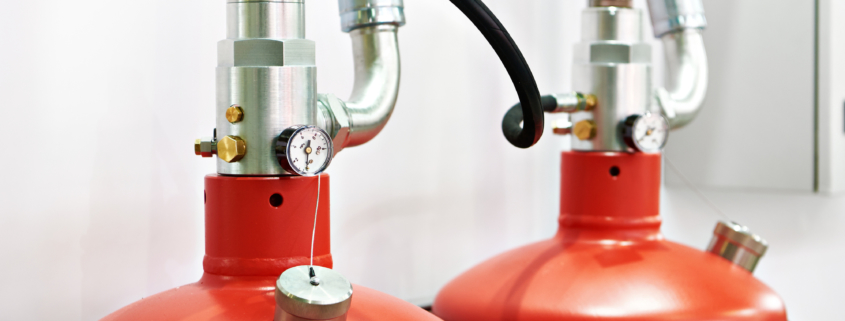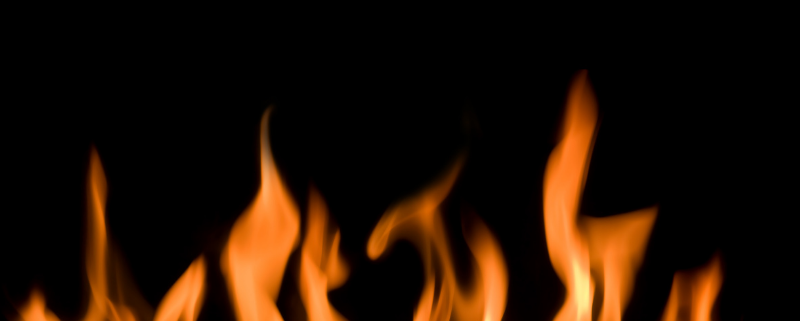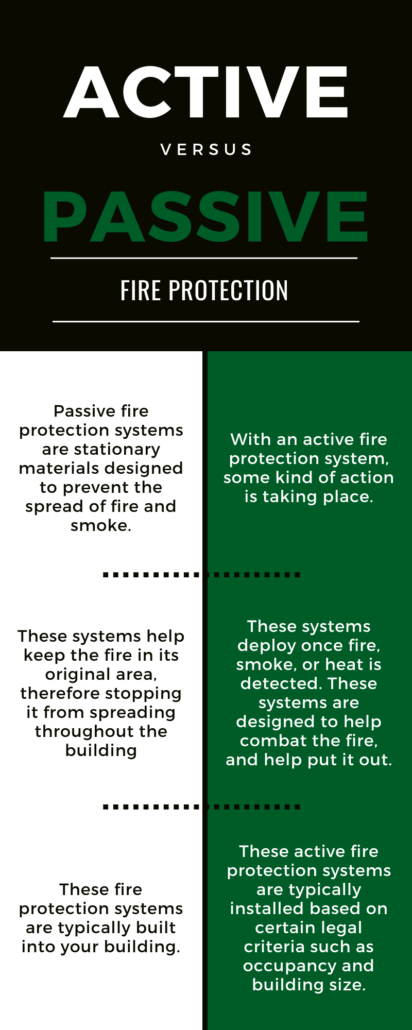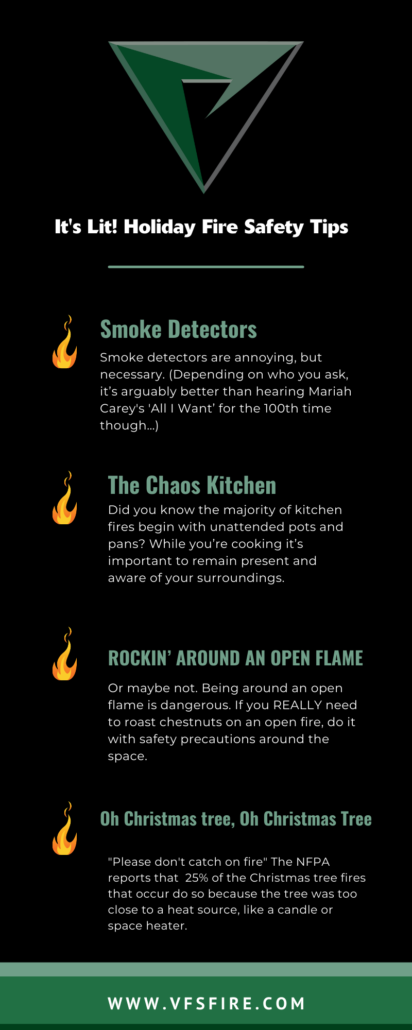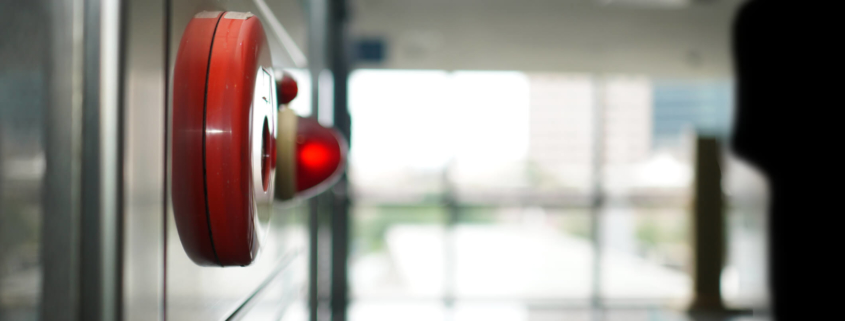Did you know that a fire suppression system can help minimize damage caused by a fire in your business? Fire suppression systems are designed to quickly put out fires, which can help to save lives and property.
Although your fire protection needs vary based on the type of commercial building you own, you’ve likely heard of many distinctive fire protection systems. But do you know the key differences between a fire sprinkler system and a fire suppression system? It’s important to understand these differences as a business or building owner.
In this blog post, we will discuss the different types of fire suppression systems and how to maintain them. Let’s get started!
What Are the Basics of Fire Suppression Systems?
There are two main types of fire suppression systems: Wet and dry. Wet systems use water to extinguish a fire, while dry systems use chemicals. Each type of system has its own advantages and disadvantages.
Wet systems are typically more effective at putting out a fire than dry systems. However, wet systems can also cause more damage to property. This is because water can damage electronics and other sensitive equipment.
Dry systems, on the other hand, are less likely to cause damage to property but are not as effective at putting out a fire. Dry systems are ideal in locations that experience freezing temperatures and for buildings that house important items (for example, museums and libraries).
When choosing a fire suppression system, it is important to consider the type of business you have. For example, if you have a computer server room, you will want to choose a system that is designed for this type of environment (AKA a dry system!)
Additionally, you should consider:
- The size of the space that needs to be protected, and
- The level of protection your commercial building needs
Types of Fire Suppression Systems
It’s important for a business or building owner to be aware of the different types of fire suppression systems available. Specific fire suppression systems include the following:
Clean Agent Fire Suppression Systems
Clean agent fire suppression systems use environmentally-friendly chemical reagents to put out fires. These are typically found in sensitive areas, such as data centers. The chemicals used are water-free and safe for the environment. Once a clean agent system is activated, clean-up is minimal!
Carbon Dioxide Fire Suppression
Carbon dioxide systems use CO2—colorless, odorless gas—to extinguish a fire. These systems are an incredibly efficient and cost-effective approach to fire protection. Clean-up following the activation of a carbon dioxide system is minimal.
Carbon dioxide fire suppression systems are currently being used in commercial shipping applications by the U.S Navy. The engine rooms of marine vessels utilize CO₂ instead of water as a suppression agent because water would damage the electrical and mechanical components of the engine. Additionally you wouldn’t want to put water into a vessel that is already at sea. It is common to find these systems in industries that handle steel and aluminum as well.
Industrial Fire Suppression Systems
Industrial plants need extra attention when it comes to fire protection, as most of the areas are in high-hazard environments. The fires that occur in these areas typically involve some type of chemical, liquid fuel, or other hazardous materials.
Therefore, proper fire protection systems are essential. Industrial fire suppression systems typically use dry chemicals to extinguish the fire.
Restaurant Fire Suppression Systems
Kitchens require specific fire suppression systems. Kitchen fire suppression systems are designed to put out grease fires that would be worsened if you attempt to put them out with water. They typically utilize wet chemicals in a mist form to extinguish the fire quickly and effectively.
The Importance of Inspection and Maintenance
Once you have chosen a fire suppression system, it is important to maintain it properly. This includes regularly testing the system and making sure it is working properly. Additionally, you should have a plan in place for what to do if the system fails.
These systems need to be kept up as they can freeze or experience corrosion, among other issues within the system. In order to prevent these systems from deteriorating, they need to be regularly maintained. This helps to keep your system in good working condition and can identify any potential problems before they become serious.
In addition to regular servicing, it’s important to keep an eye on your fire suppression system for any changes that might occur which could affect its performance. If you notice anything unusual, don’t hesitate to contact your service provider so they can investigate and carry out any necessary repairs!
When it comes to fire protection, it really can be a matter of life or death.
How Often Should I Check My Fire Suppression System?
Most people understand that they need to have their fire suppression systems inspected on a regular basis, however, they may not know how often these inspections need to be conducted.
The answer to this question is not always cut and dry, as there are a number of factors that can contribute to how often your system should be checked.
It’s important to have your system serviced at least once a year, in line with a regular Fire Risk Assessment, and even up to four times a year depending on the type of system.
If your business has a complex system or operates in a hostile environment, more frequent servicing may be required.
One of the most important things to keep in mind when it comes to your fire suppression system is that you need to be sure you are staying code-compliant.
Staying code-compliant means that you will need to adhere to the schedule set forth by the National Fire Protection Association (NFPA) as well as any other local codes that may be in place.
Additionally, your insurance company may have its own guidelines when it comes to how often your system should be inspected.
Another important consideration is the type of system you have in place. Different types of fire suppression systems will require different inspection schedules. Check out a detailed list from Associated Fire Protection to learn more about specific timelines.
By ensuring that your fire suppression system is regularly serviced and maintained, you can help ensure its reliability in the event of a fire.
Ensure Your Business is Protected from Fire!
Fire protection systems needed for high-hazard areas are among the most technical and specialized fire equipment systems. At VFS, we pride ourselves on being a renowned leader in the special hazards sector.
In fact, our founder and CEO, Randy Nelson, sits on the technical committee for NFPA 16 (Code Standard for the Installation of Foam-Water Sprinkler) and understands just how critical proper installation and maintenance are on these specialized systems.
We bring our robust knowledge, expertise, and experience to find the safest and most reliable solution for every unique need and environment your building has! If you have any questions about fire suppression systems or need help choosing the right one for your business, please contact our team at VFS Fire & Security Services today.
We’d be happy to help you find the perfect solution for your needs!
To learn more, check out our blog to see who can inspect your fire protection systems.


